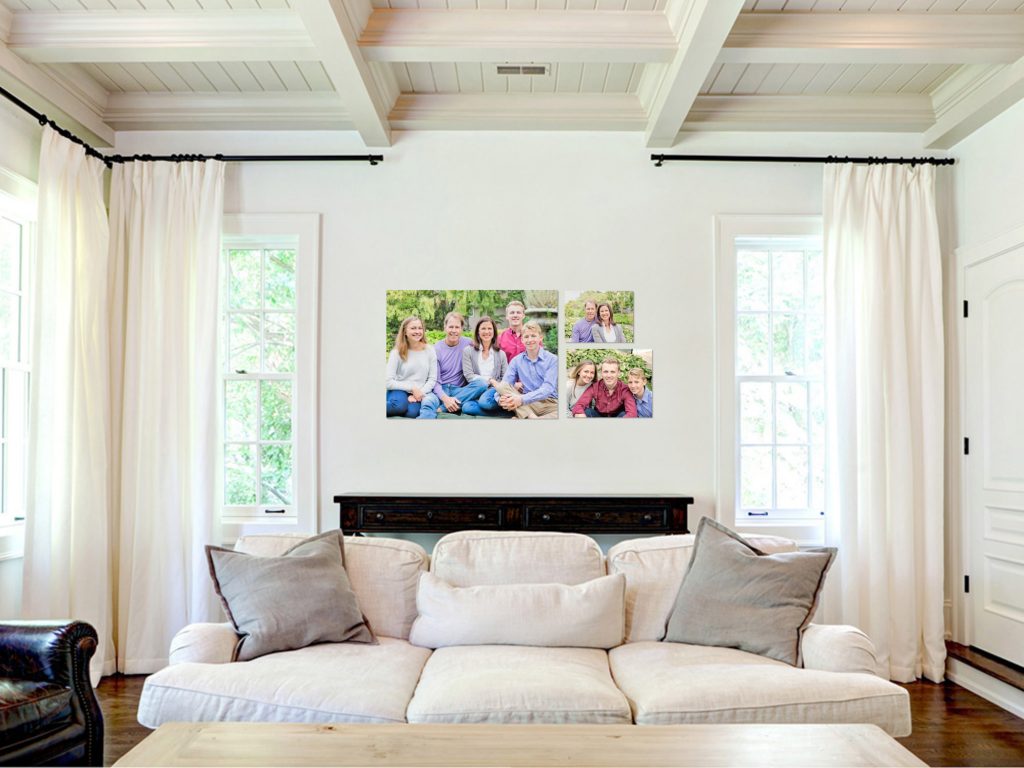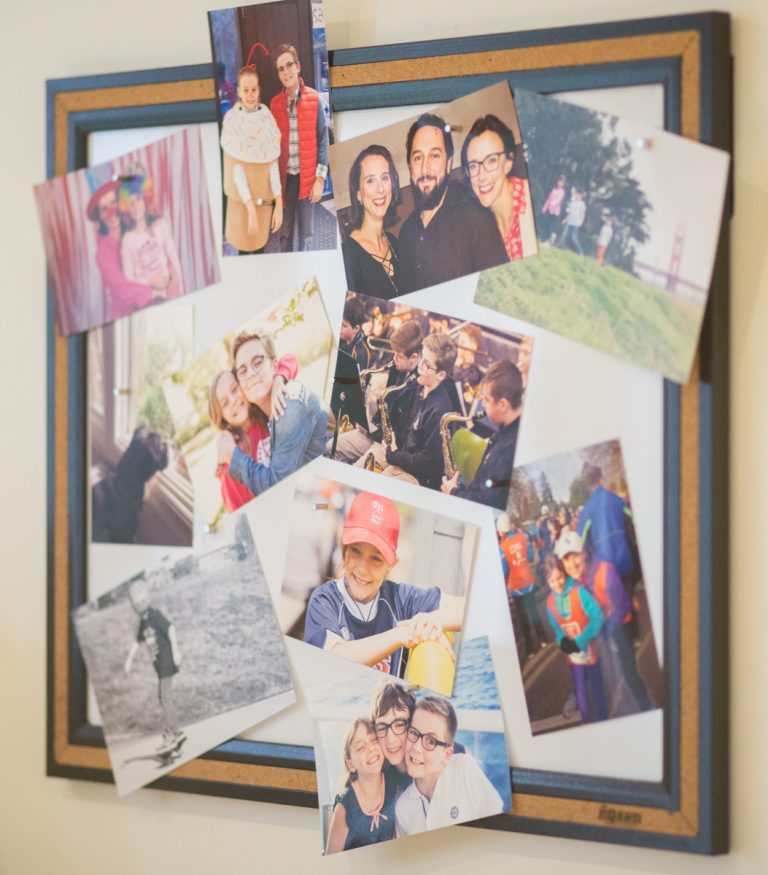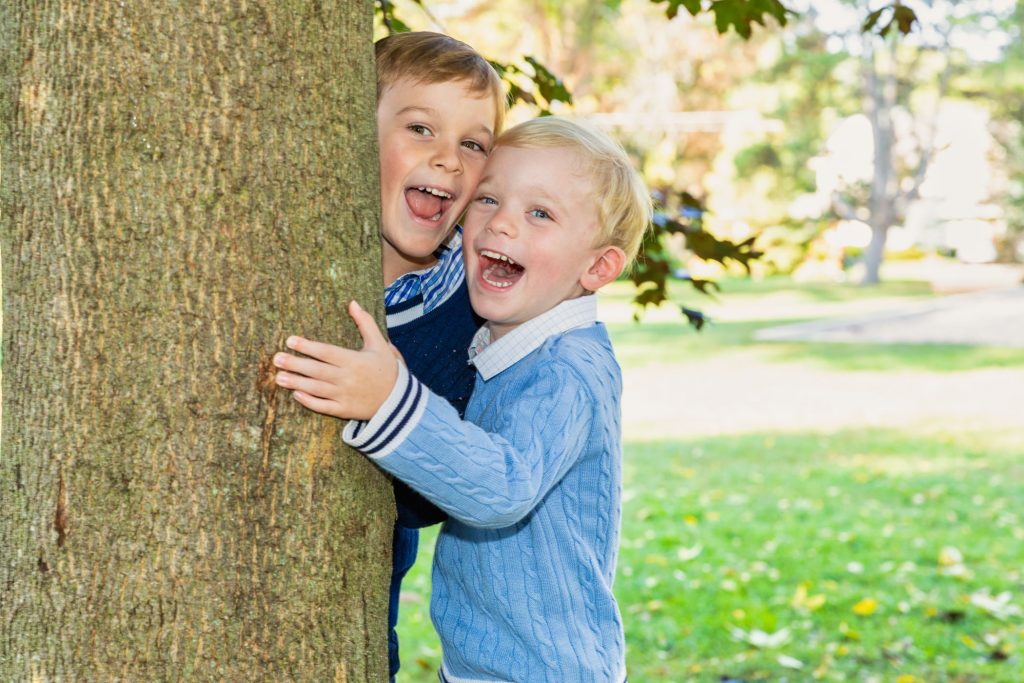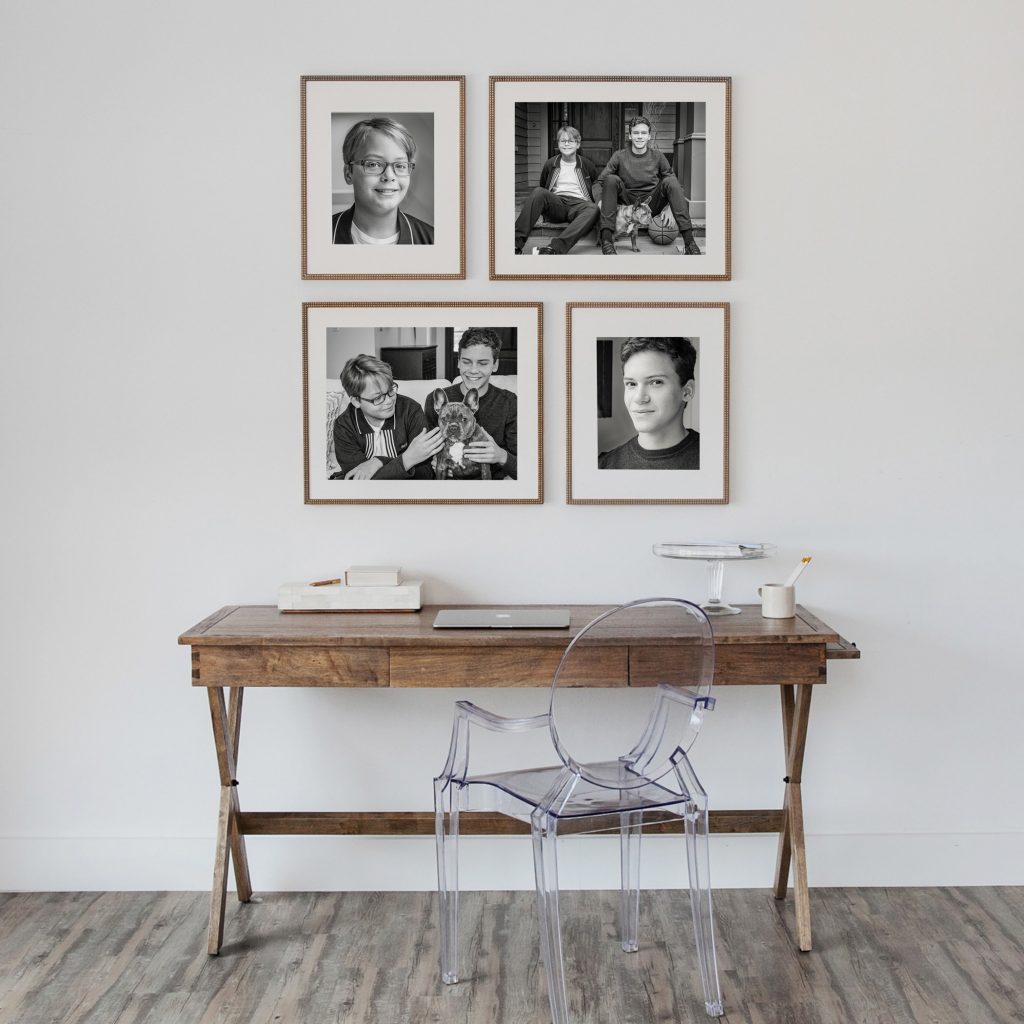If you’ve known or followed me for even a short while, you’ve seen or heard me talk about the power of displaying photos in your home. If I’m going to get on any soapbox, it will be to tell you to print your photos. There are many reasons for this – archival purposes, to enjoy them yourself, but the most important in my mind is the impact that it has on your children. Seeing photos of themselves displayed in their family home has a tremendous psychological impact on children of all ages. Teams of psychologists have been researching this since the 1970s, and there are a number of practitioners that use photography as part of their therapeutic practice.

The Science - What researchers have found
David Krauss, a licensed psychologist from Ohio, was one of the pioneers in this field, publishing the ground-breaking text “Photo Therapy and Mental Health” in 1983. “I think it is really important to show a family as a family unit. It is so helpful for children to see themselves as a valued and important part of that family unit. A photographer’s job is to create and make the image look like a safe holding space for kids where they are safe and protected. Kids get it on a really simple level.”
This idea is supported by Vancouver psychologist and art therapist, Judy Weiser. Weiser is the Founder and Director of the PhotoTherapy Centre in Vancouver, She is considered a world authority on the emotional significance of personal photographs. Weiser says “It lets children learn who they are and where they fit,” says Judy Weiser. a psychologist, art therapist and author based in Vancouver. “They learn their genealogy and the uniqueness of their own family and its story. When a child sees a family portrait with them included in the photograph they say to themselves: ‘These people have me as part of what they are, that’s why I belong here. This is where I come from.”
It’s one of the reasons why kids love looking back at old photos of their parents and grandparents. They document the story of where they come from.
While family photographs and belonging in a family are the first connections we make, this concept applies to other photographs as well – school yearbooks, team photos, a group of friends celebrating a birthday. They all provide a sense of connection and belonging which has a positive effect on a child’s self-esteem. Think back to the day each year when you received your yearbook – the first thing you did was to look for yourself, you wanted to confirm your belonging.
Print vs. Digital Images
While viewing photos in digital form can have an impact, “My bias is very simple. I think they (family photographs) should be on the wall,” says Krauss.
“I am very conservative about self-esteem and I think placing a family photo someplace in the home where the child can see it every day without having to turn on a device or click around on a computer to find it really hits home for that child this sense of reassurance and comfort. They have a certainty about them and a protecting quality that nurtures a child. It lets them know where they are in the pecking order and that they are loved and cared for,” says Krauss.
Whether it’s a large showcase portrait on the wall, or a collection of snapshots on the fridge or bulletin board, being able to see the photographs without making an effort to do it has the greatest impact. It’s the subliminal message that says to the child “You are important. You are loved and we care about you.”

How to Make Meaningful Photos
The experts agree that both family snapshots taken by parents, siblings or the kids themselves, as well as professional photographs play a role. Family snapshots can celebrate the everyday moments, but investing in a professional photography session is a bigger commitment (both in time and money) which has significance. An “official” family photo session reinforces to the children the importance of the images.
David Walsh, Minneapolis psychologist and founder of Mind Positive Parenting, says When choosing a photographer, keep in mind that the photographer plays two important and powerful roles: “One is the technical part, the lighting, the printing, the framing, all of those things that I don’t know much about as a psychologist,” Walsh admits, “but what I do know is the importance of putting children at ease, making them feel welcome.” He says to look for a photographer who wants to know your child’s name and uses it. “Our name is the sweetest sound in the world. When children hear their name, it reinforces the sense of belonging and activates for them a sense of security.”
Children of all ages should be involved in what happens in a photography session. Depending on their age, this may be choosing their own outfit (perhaps from a pre-determined set of options, depending on age), offering suggestions for locations that are meaningful to them, and being able to ask for their own poses or activities during a session.
When I’m working with a family for their photo session, I do my best to greet everyone by name, and to use their names often during our time together. This tells the kids that they are important to me. I work to get to know them, what they like to do, tv shows they watch, the sports they play, books they read. And I always ask what photos do they want to make – for little kids this is often the goofy shots, making silly faces or doing a dance. In teens, it’s more likely to be some different poses, often the “non-smiling” looks, but they often have silly requests too! It’s all part of the fun, the memory-making, the celebration of who they are.

The children’s input is also important in selecting the final images for printing. Yes, the parents are going to be the ultimate decision-makers, but reviewing the proofs with the kids for opinions is another way to give them agency. My parent clients will often select their favourites for display in the main part of the family home as wall art, but then let the kids choose a couple of images to be printed for display in their own bedrooms.
Of course, I’m not suggesting that booking a family photo session is magically going to boost your child’s self-esteem in one go. That would clearly be an over-sell.
“It doesn’t win the battle but it gives you useful ammunition in the battle of creating self-esteem and identify,” Krauss says. “The child doesn’t know they are learning but they are learning all the values of their family,” Weiser says. “But for a child, in terms of self-esteem, knowing they are part of a bigger picture gives them some security. “

Check out this past post for ideas on informally displaying photos in your home.
